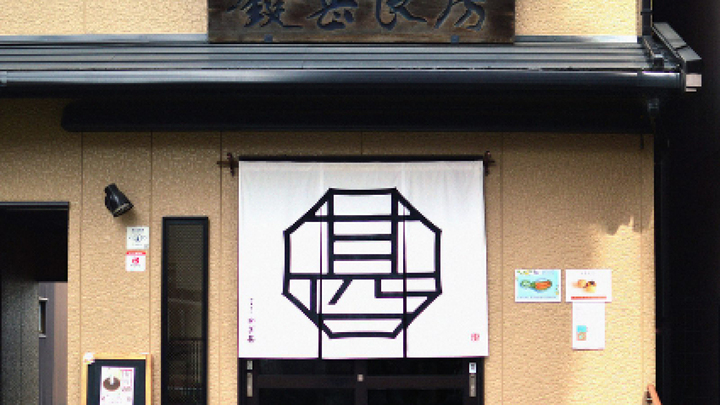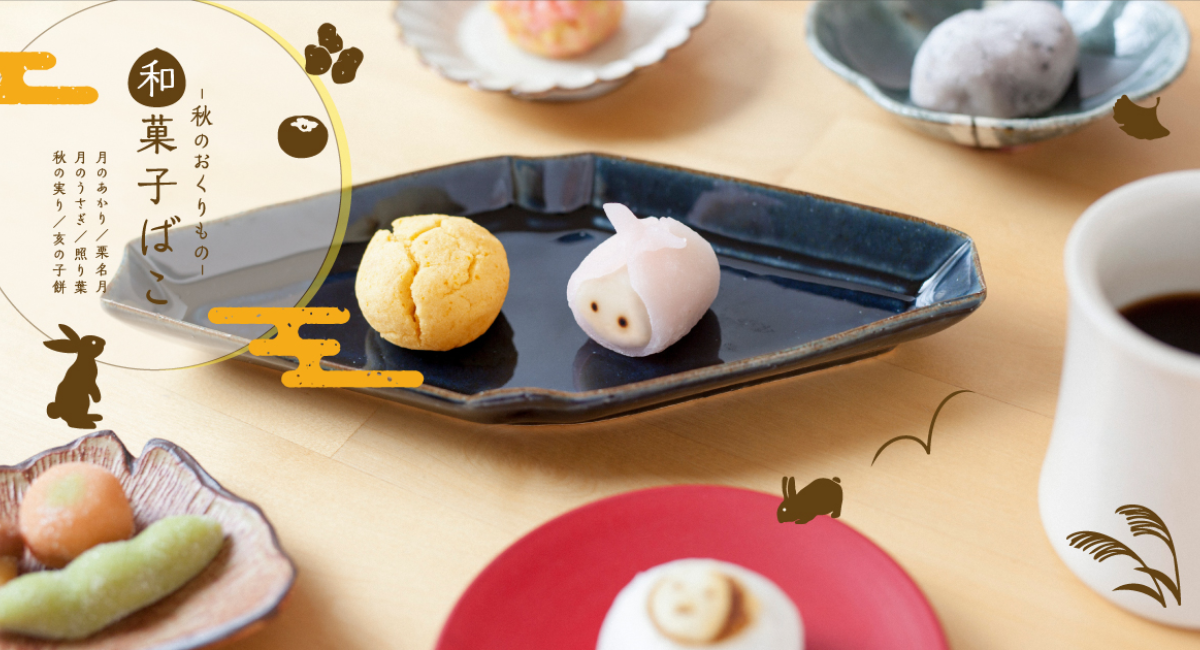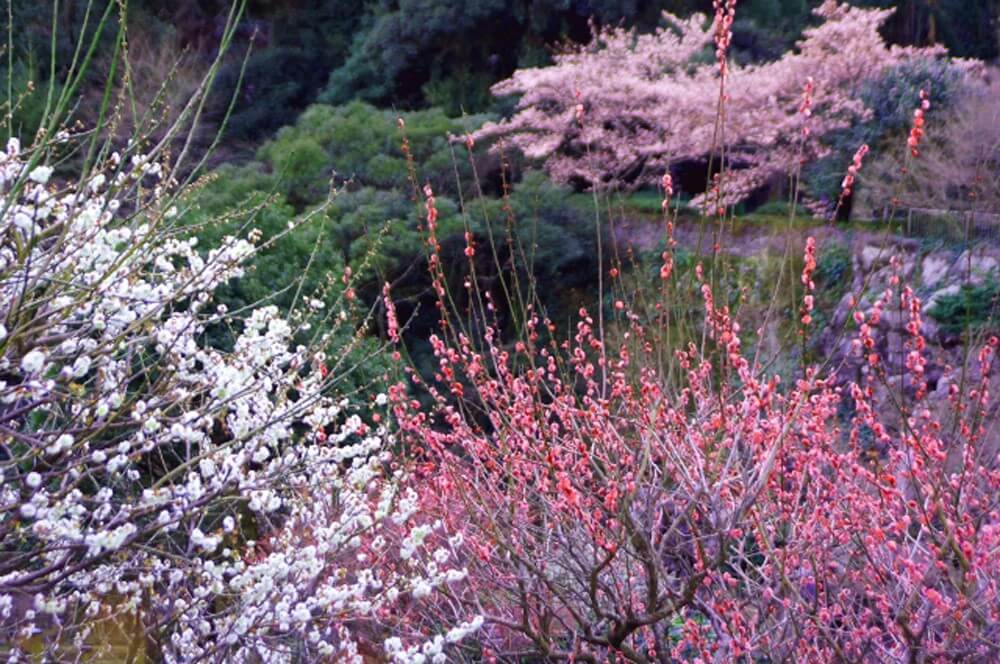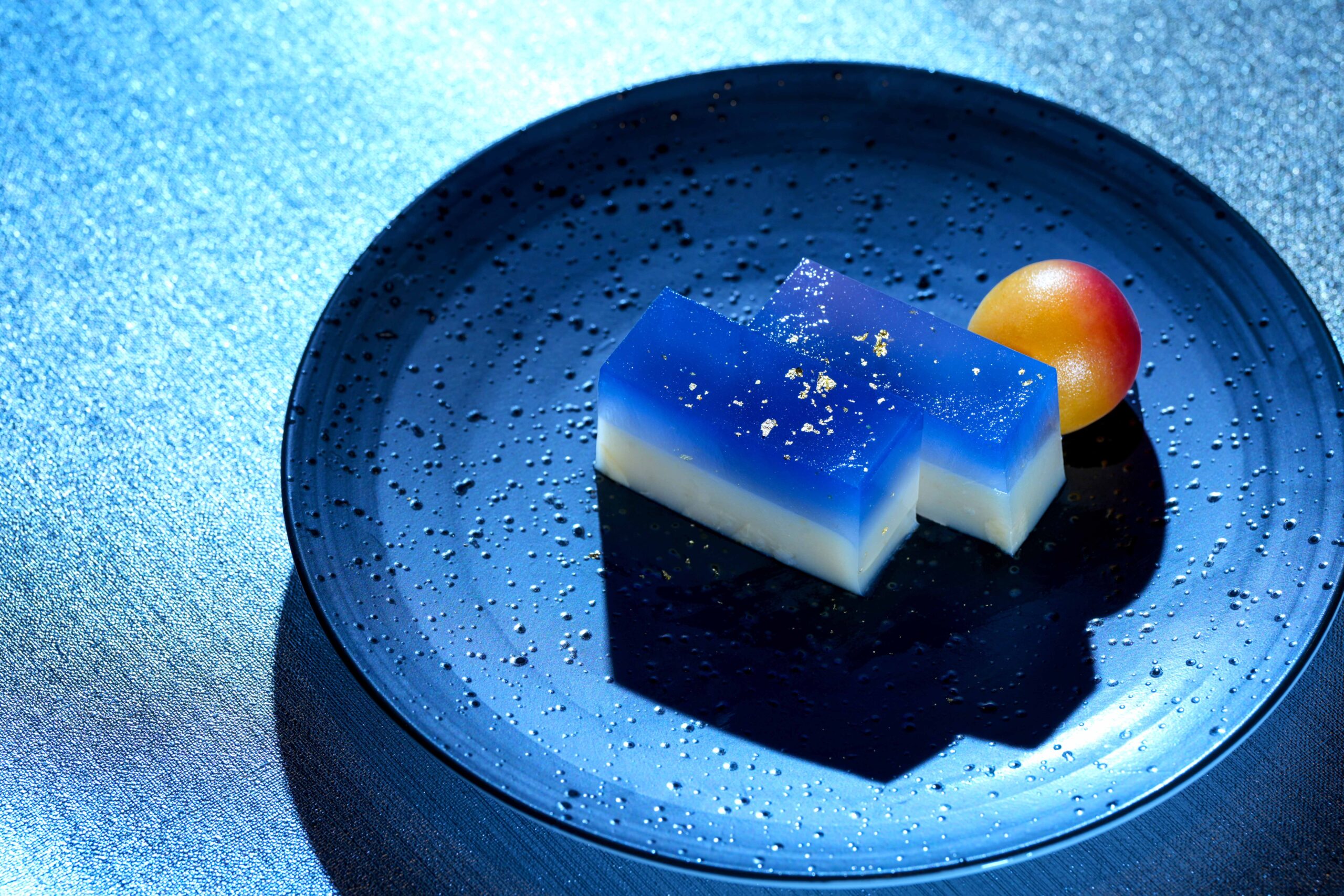“Calendar Life” with 164,000 Twitter followers collaborated with “Kagijin”, who has a 100-year history in Gion, Kyoto. This time, with the theme of “Autumn moon viewing”, 6 kinds of Japanese sweets using autumn ingredients such as chestnut bean paste and persimmon, and “Japanese sweets and coffee” using Hokkaido azuki beans, with motifs such as mid-autumn moon and rabbits. Will be set and delivered. Sales will start on October 1, 2020, and delivery will be limited in quantity from October 18.
Japanese sweets are a beautiful culture unique to Japan that reflects the seasons. Even on the calendar life site, the content related to Japanese sweets has a great response every time, and a collaboration with “Kagijin, a sweets maker” who has a history of 100 years in Kyoto Gion has been realized. The second “Wagashi Bako Autumn Gift”, which continues from the previous “Wagashi Bako Summer Gift”, will be on sale from October 1st.
>Japanese sweets box Autumn gift sales page
Collaboration between calendar company and Japanese sweets shop
Shin Nihon Calendar Co., Ltd. (founded in 1922) has been making calendars for over 90 years. Since 2012, we have launched an owned media “Calendar Life” to send out information related to the calendar every day.
From now on, from the desire to deliver not only information but also “experiences”, a collaboration with “Kagijin”, which has a history of 100 years in Kyoto Gion, has been realized based on the theme of “Japanese sweets” which is closely related to the calendar. Did.
A set of Japanese sweets that you can enjoy autumn in Japan at home
Japanese sweets are a beautiful and delicious culture unique to Japan that reflects the seasons.
This time, we have prepared 6 kinds of Japanese sweets using the motifs related to the moon and ingredients unique to autumn under the theme of “Autumn moon viewing”!
Moonlight
October 1st is the 15th night in 2020. Autumn is the season when the moon looks the most beautiful of the year. The fantastic moon is expressed by a sweet with a soft texture called “Kimi-shigure”.

Japanese sweet "Tsukinoakari"
Moon rabbit
It is likened to the Japanese folklore that there are rabbits on the moon. The white bean paste is wrapped in a chewy uiro. It is dyed slightly pink and has an unusual shape.

Japanese sweet "Moon rabbit"
Otsuki-kun Manju Kurinatsuki
Yam bun with the branding iron of the calendar life character “Otsuki-kun”. The contents are autumn-like and use chestnut bean paste. It is a dish that you can enjoy the original taste of chestnuts, finished only with sugar and chestnuts.

Japanese sweets "Otsuki-kun Manju Kurinatsuki"
Autumn fruit
We made edamame, persimmon, and matsutake mushrooms, which are the taste of autumn, with “Suhama”. Suhama (shuhama) is made by melting soybean flour with honey and hardening it. You can enjoy different flavors of each of the three types, such as those with walnuts and those that are deeply roasted.

Japanese sweets "Autumn Fruit"
Teruha
It is a sweet made of kuri-kinton that expresses how the autumn leaves, which still have water, shine in the sunlight. We are particular about the texture that is pleasant to the touch and melts.

Japanese sweet "Teruha"
Aikomochi
Habutae mochi sweets, which are the most popular sweets of the year. The outside is soft and fluffy, and the inside contains persimmons, ginkgo trees, and chestnuts. You can enjoy various textures at once.

Japanese confectionery "Yokomochi"
Founded 100 years ago. "Kagijin", a long-established Japanese sweets shop in Gion, Kyoto
This time, the Japanese sweets were made by the long-established Japanese sweets shop “Kagijin” in Gion, Kyoto. The store has a history of 100 years, and while valuing traditional techniques and carefully selected ingredients, it incorporates new ideas in line with the times to make a variety of Japanese sweets. In particular, the azuki beans that are indispensable for Japanese sweets are made only from Hokkaido, and are carefully cooked by craftsmen for over 40 years so as not to crush the grains.

"Sweet maker Kagijin" with a history of 100 years in Gion, Kyoto
Japanese sweets and coffee
Coffee that goes well with Japanese sweets made by Mr. Sesenaoko, a writer who is in charge of articles on Japanese sweets in the calendar life. An authentic Azuki blend coffee that is also handled by Japanese sweets shops. Two are included with “Japanese sweets”.
>Japanese sweets box Autumn gift sales page

Authentic Azuki Blend "Japanese sweets and coffee"



















































